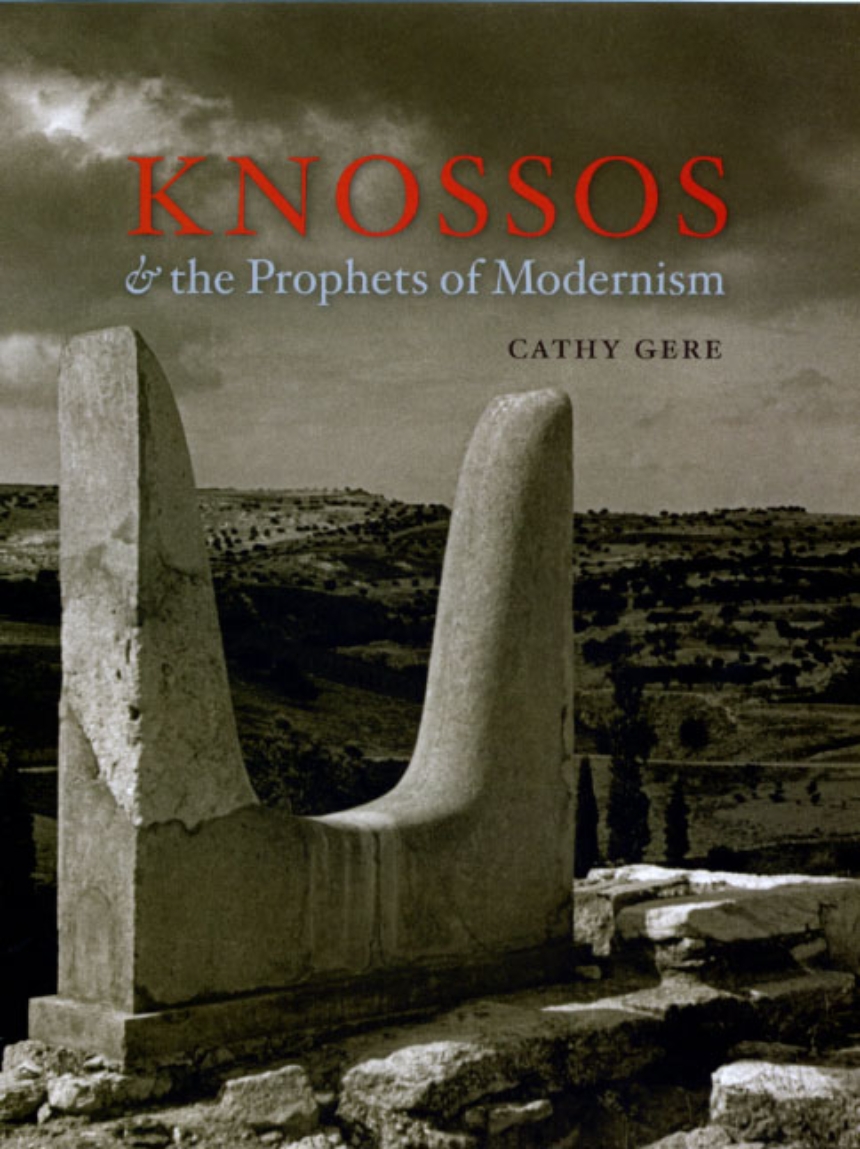Knossos and the Prophets of Modernism
In the spring of 1900, British archaeologist Arthur Evans began to excavate the palace of Knossos on Crete, bringing ancient Greek legends to life just as a new century dawned amid far-reaching questions about human history, art, and culture. With Knossos and the Prophets of Modernism, Cathy Gere relates the fascinating story of Evans’s excavation and its long-term effects on Western culture. After the World War I left the Enlightenment dream in tatters, the lost paradise that Evans offered in the concrete labyrinth—pacifist and matriarchal, pagan and cosmic—seemed to offer a new way forward for writers, artists, and thinkers such as Sigmund Freud, James Joyce, Giorgio de Chirico, Robert Graves, and Hilda Doolittle.
Assembling a brilliant, talented, and eccentric cast at a moment of tremendous intellectual vitality and wrenching change, Cathy Gere paints an unforgettable portrait of the age of concrete and the birth of modernism.
Read the introduction.
288 pages | 23 halftones | 6 x 9 | © 2009
Art: Art--General Studies
Reviews
Table of Contents
Introduction
I. The Birth of Tragedy, 1822-1897
An Archaeology of Heroes
A Prophecy of Tragedy
What Ariadne Is
II. Stand Up Tragedy, 1851-1899
The Dry Smell of Time
Eastern Questions
The Road to the Labyrinth
Greek Defeat
Reconstructing the Nation
III. Ariadne’s Lament
Ariadne’s Throne
The Great Cretan Mother
Ariadne’s Dancing Floor
The Making of a Goddess
The Villa Ariadne
Cretan Victory
Ariadne in Chirico City
IV. The Concrete Labyrinth, 1914-1935
The Throne Room Complex
Captain of the Blacks
Court Ladies
Priest-King and Cowgirls
Lost Boys
The Lady of Sports
The Magic Ring
The Psyche Element
Little Souls
V. Psyche’s Labyrinth, 1919-1949
Mythical Method
The Decline of Crete
Achilles’ Shield
Freudian Archaeology
Psyche’s Muse
Crete on the Couch
The Battle of Crete
VI. The Rebirth of Comedy, 1942-1949
Psyche Reborn
Paradise before Eve
Psyche Rewritten
The Consort
New Crete
VII. The Birth of Farce, 1950-2000
Romantic Revivals
The White Goddess
Black Athena
The Road Back to War
Conclusion
Notes
Bibliography
Index
Awards
Association of American Publishers: PROSE Book Award
Won
Wayne State University Academy of Scholars: Thomas N. Bonner Award
Won
